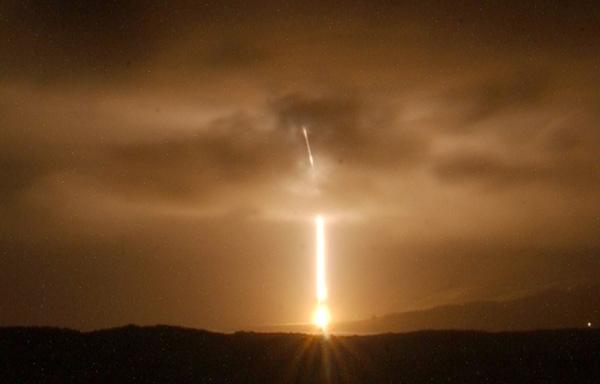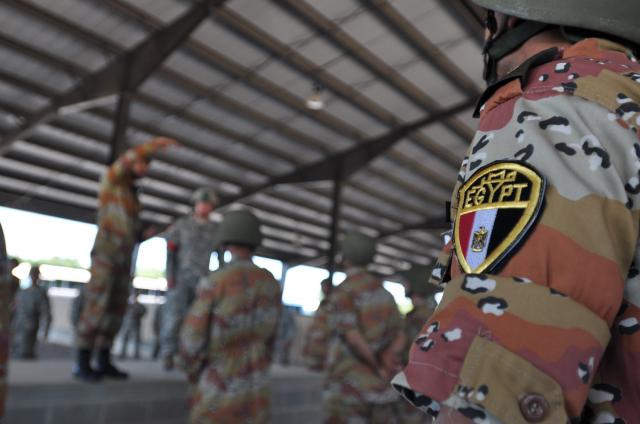America’s missile defense system failed on Friday in a test over the Pacific, with an interceptor failing to hit an incoming ballistic missile, the Pentagon said.
The miss represented yet another setback for the costly ground-based interceptors, which have not had a successful test result since 2008.
The test’s objective was to have an interceptor, launched from Vandenberg air base in California, knock out a long-range ballistic missile fired from a US military test site at Kwajalein atoll in the Marshall Islands.
But “an intercept was not achieved,” US Missile Defense Agency spokesman Richard Lehner said in a brief statement.
“Program officials will conduct an extensive review to determine the cause or causes of any anomalies which may have prevented a successful intercept,” it said.
The anti-missile weapon has run into repeated technical problems, with tests delayed after two failures in 2010.
The United States has 30 of the ground-based interceptors in Alaska and California, at a cost of about $34 billion. They are supposed to counter the potential threat posed by North Korea, which has tried to develop long-range ballistic missiles.
The Pentagon wants to deploy an additional 14 ground-based interceptors to bases in Alaska, at a cost of about $1 billion, also in response to what Washington deems a growing threat from North Korea.
Some lawmakers also are pushing to open a new missile defense site on the country’s East Coast, in case Iran or other adversaries obtain long-range missiles.
Critics of the missile defense program are sure to seize on the test result as further proof that the system faces insurmountable technical hurdles.











